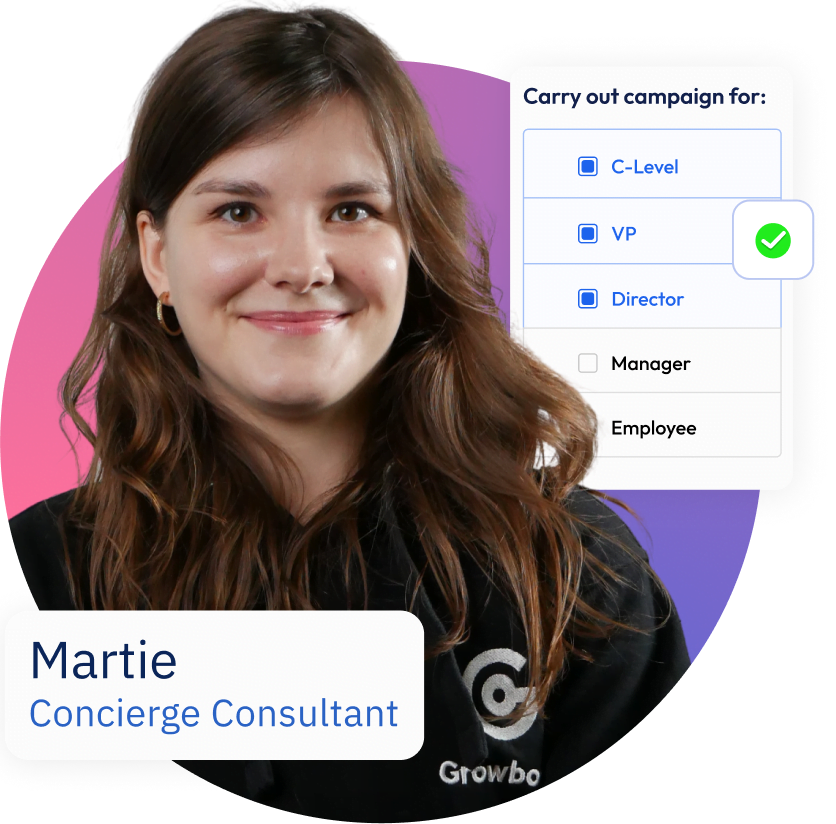In addition to building a great product, we’ve always wanted to create a unique workplace that everyone – no matter the amount of time they spent here – would have positive and special memories with.
This article summarizes our guiding principles and fundamental beliefs to help us function together as a team and work toward a common business goal.
It’s also about tips on how to grow and thrive as a member of our team. Values should help us make better decisions and set priorities.
They are also our guiding principles in hiring and an onboarding tool for the new members of our team.
YOU GROW, WE GROW
Keywords: development, curiosity, continuous improvement, teamwork, eagerness to learn
What it means
Embracing a holistic perspective on development, this value prioritizes people and human relationships, echoing the foundation of our company culture.
This emphasizes not only personal advancement but also the interconnected and symbiotic relationship between individual and collective growth. We believe that one person’s growth can inspire and positively influence the development of those around them.
Our commitment to personal and professional growth encourages individuals to strive for continuous improvement, embracing challenges and responsibilities with a curious and inquisitive mindset that seeks to broaden perspectives through new experiences and learning opportunities.
How do we do it?
Practical examples:
- We organize regular knowledge-sharing sessions or workshops within the team.
- Each team has a learning & development budget, and it’s up to the managers’ decision on how to use it.
- We collaboratively establish stretch goals during Performance Reviews that challenge individuals to expand their skill set and take on new responsibilities.
- If something is unclear or we feel we need more information, we ask questions during Monthly meetings to understand our business better.
What do we not accept?
Practical examples:
- Choosing not to pursue additional training or learning opportunities, hindering individual and collective development.
- Opposing the adoption of new technologies or methodologies that could enhance productivity and skills within the team.
- Keeping valuable insights or skills to oneself instead of sharing them with the team.
- Dismissing alternative approaches or solutions without considering their potential.
TAKE THE LEAD
Keywords: quick decision-making, agility and flexibility, open communication, proactivity responsibility, taking ownership, transparency
What it means
This value aligns with the idea of making decisions promptly, fostering a proactive and decisive mindset without unnecessary delays.
We advocate for taking ownership of tasks and projects, demonstrating a proactive attitude and a willingness to take responsibility for successful outcomes.
We acknowledge that mistakes are inevitable but emphasize the importance of learning from them and using those lessons to move forward.
We encourage adaptability, urging individuals to respond quickly to changing circumstances, be proactive, and embrace an agile and flexible approach to challenges.
Transparent and open communication is essential, where individuals express what is working well and what needs improvement, fostering a culture of honesty and constructive feedback.
How do we do it?
Practical examples:
- When faced with a time-sensitive issue, we promptly analyze the available information and make a decision without unnecessary delays.
- You can volunteer to lead a new initiative without waiting to be assigned, demonstrating a proactive attitude.
- We regularly provide updates on project progress, openly discuss challenges, and seek input from team members to improve outcomes.
- Accepting accountability for a project’s results, whether positive or negative, and using that experience to inform future decision-making.
What do we not accept?
Practical examples:
- Putting off important project tasks or decisions, contributing to delays and missed opportunities.
- Avoiding new initiatives or projects due to a fear of making mistakes or encountering challenges.
- Continuously seeking more information or opinions without committing to a decision, leading to delays.
- Spending excessive time and resources on tasks that could be completed more straightforwardly, hindering efficiency.
PUT CUSTOMER FIRST
Keywords: making decisions with customer in mind, growing with customers – for customers, providing value, not just an app, understanding your customer, prioritizing customers
What it means
Our value of putting the customer first aligns with a commitment to prioritizing the customer’s needs, satisfaction, and success.
We emphasize the importance of actively contributing to the customer’s success, providing support, resources, and a clear path for them to achieve their goals while empathizing with their perspective.
We are dedicated to growing alongside the customer and ensuring that our decisions and actions consider their experience, providing continuous value, and adjusting to their processes and needs.
This principle highlights the importance of concentrating on the end result—the customer’s success—rather than simply delivering outputs, reinforcing a results-oriented approach.
How do we do it?
Practical examples:
- Worksheet, successful campaigns breakdown, know-how videos – we share the knowledge needed to be successful at outbound.
- Each kick-off call with a customer starts with a consultant finding out about their goals and expectations. Based on that, we suggest a personalized strategy for the customer.
- We don’t just give app walkthroughs; we adjust to the customer’s processes & needs.
- We work on providing more and more flexibility to our customers (like a payment method, payment schedule, subscription extensions, or freeze).
- Ensuring that all team members adhere to established service standards, creating a reliable and positive customer experience.
What do we not accept?
Practical examples:
- Encouraging customers to buy additional features or upgrades that do not add value to their specific needs.
- Reacting negatively to customer feedback instead of using it as an opportunity for improvement.
- Being unable to answer customer questions accurately or provide sufficient information, creating a sense of unprofessionalism and unreliability.
- Failing to disclose potential drawbacks or limitations of a product or service, leading to unmet expectations.
WE, THE PEOPLE
Key words: empathy, caring attitude, understanding, feedback, relationships, fun at work, sincerity, openness, inclusivity
What it means
“We, the people” encapsulates a set of values centered around fostering a positive and inclusive workplace culture. The ethos promotes open sharing of feelings and thoughts, emphasizing a caring and supportive approach towards colleagues.
Understanding the diversity of perspectives, experiences, and needs, we encourage a culture of tolerance and acceptance, where people genuinely look out for one another.
Constructive feedback is valued for personal and collective improvement, and strong relationships among team members contribute to a thriving work environment.
The value places importance on building strong relationships among team members, acknowledging that positive and collaborative connections contribute to a thriving work environment.
“We, the people” recognize the importance of enjoying work, promoting an atmosphere where individuals find joy, fun, and fulfillment in their tasks.
How do we do it?
Practical examples:
- We encourage team members to share their thoughts and feelings during meetings, ensuring that everyone has a voice in discussions.
- We offer assistance to a team member who is facing challenges, showing empathy and willingness to help.
- We check culture fit at every stage of the recruitment process. Skills, knowledge, and experience are crucial, but they always need to come along with being a great personal addition to our team. The recruitment process is always both for us and a candidate – we need to feel we belong together.
- We try to implement policies that prioritize employee well-being, such as flexible work hours or remote work options.
- We provide feedback to colleagues in a way that focuses on areas for improvement and offers suggestions for skill enhancement, rather than solely pointing out mistakes.
- We organize team-building activities or social events to strengthen interpersonal connections and foster a sense of camaraderie.
- We always support equal rights for everyone regardless of their gender, race, or orientation. LGBT or women’s rights are not a matter of politics for us.
What do we not accept?
Practical examples:
- Dismissing the challenges or concerns of a team member without offering support or assistance.
- Discrediting ideas from team members with diverse backgrounds without considering their value.
- Criticizing a colleague’s work without providing specific suggestions for improvement, creating a discouraging environment.
- Excluding certain team members from decision-making processes, leading to a lack of inclusivity.





















